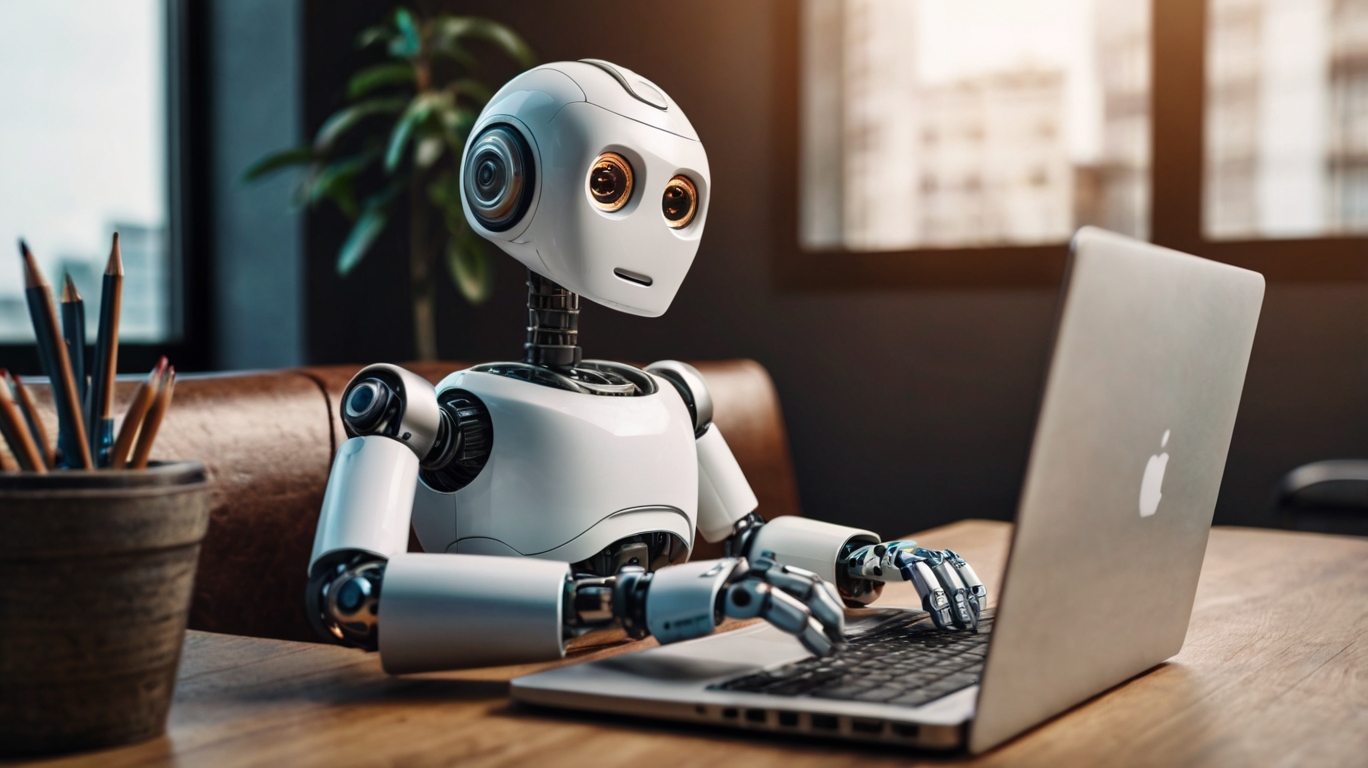Marketing is in a constant state of flux, and one technology is emerging as a potential game-changer: Generative AI (Gen AI). But can it go beyond efficiency and unlock a new era of creative marketing?
Gen AI: Beyond the Hype
Rio Longacre, Managing Director at Slalom, and Jon Williams, Global Head of Agency Business Development at AWS, recently discussed the future of Gen AI in marketing. Longacre highlights a shift from experimentation to strategic implementation. Companies are identifying areas where Gen AI can have a truly transformative impact.
“Companies are moving away from ‘let’s just try different things’ to ‘let’s have a Gen AI strategy,'” says Longacre. “They’re looking for areas where Gen AI can make a big difference, whether it’s in e-commerce, operations, or creative content. They want to test ideas and see what works. If it works, they can commercialize it. If not, they can pivot and try something else.”
Gen AI, the Marketing Assistant
Williams describes how Gen AI is emerging as a powerful marketing assistant. Amazon’s Q, for example, is a new AI tool specifically designed for businesses. It can analyze company data and create content, such as turning a press release into a blog post or crafting social media content. It can even analyze the results and summarize them for review.
“It’s like a self-fulfilling circle of incremental productivity,” explains Williams. “Gen AI leverages the power of a bot, but plugs it into your company’s data and systems. We’re only in the early stages, but it’s very exciting.”
3 Ways Marketers Are Already Using Gen AI
Longacre highlights three key ways marketers are leveraging Gen AI for greater efficiency and cost savings:
- Ecommerce: One company used Gen AI to write product descriptions for 10,000 products in just a few weeks, saving them months of time and significant money.
- Paid Media Campaigns: Platforms like Amazon Marketing Cloud offer AI-powered background image generators for creating lifestyle product images. Studies show a 20-25% increase in conversion rates for products with lifestyle images compared to plain white backgrounds.
- Banks and Finance: Banks are using AI to generate creative briefs, reducing back-and-forth communication with agencies by a week.
Keeping Humans in the Loop
Longacre emphasizes that every successful Gen AI implementation has a human oversight component. “In the early days, most brands are starting with ‘human-in-the-loop’ use cases,” he says. “AI generates outputs that a person then approves and potentially refines. This minimizes risks associated with unexpected outputs.”
Setting Your Brand Up for Gen AI Success
Williams outlines five key elements for building a successful Gen AI strategy:
- Tech Stack: Having the right technology infrastructure is crucial for exploring models, testing use cases, and choosing the right tools.
- Data Foundation: Gen AI relies on good data. You need robust data collection, storage, and management to ensure accurate model outputs.
- Human Oversight: Even with AI, human oversight remains critical to ensure everything is functioning as intended.
- AI Skills: Your team needs the expertise to understand how AI tools work and interpret their outputs.
- Process Redesign: Consider redesigning existing processes or workflows to leverage Gen AI’s capabilities.
Start Small for Big Results
Both experts recommend starting small with AI. “Start with a small, measurable use case that doesn’t require major changes,” advises Williams. “Optimizing email subject lines or paid media ads are great places to begin. This allows you to experiment with different segmentation strategies and messaging.”
The future of marketing looks bright with Gen AI. While efficiency remains a key benefit, AI’s potential to unlock new creative possibilities is a game-changer for marketers everywhere.
